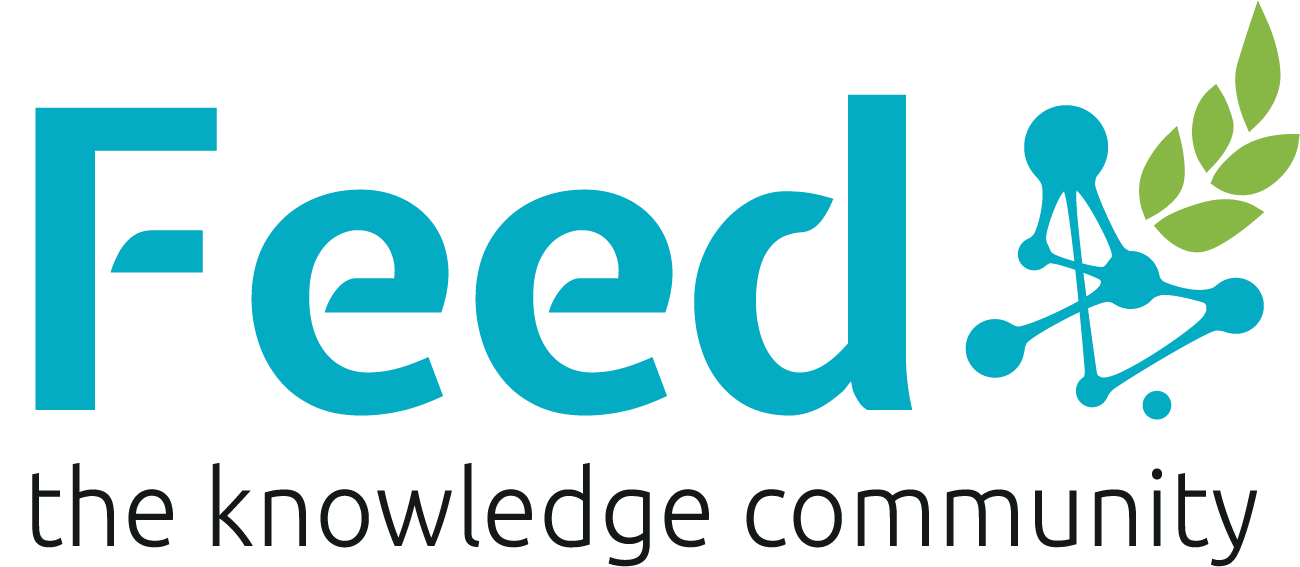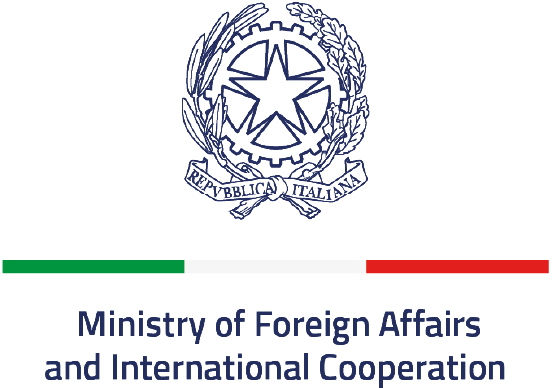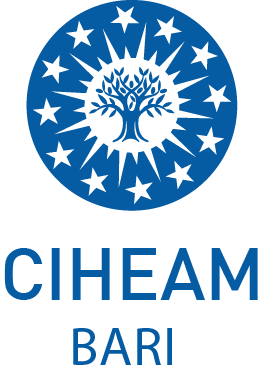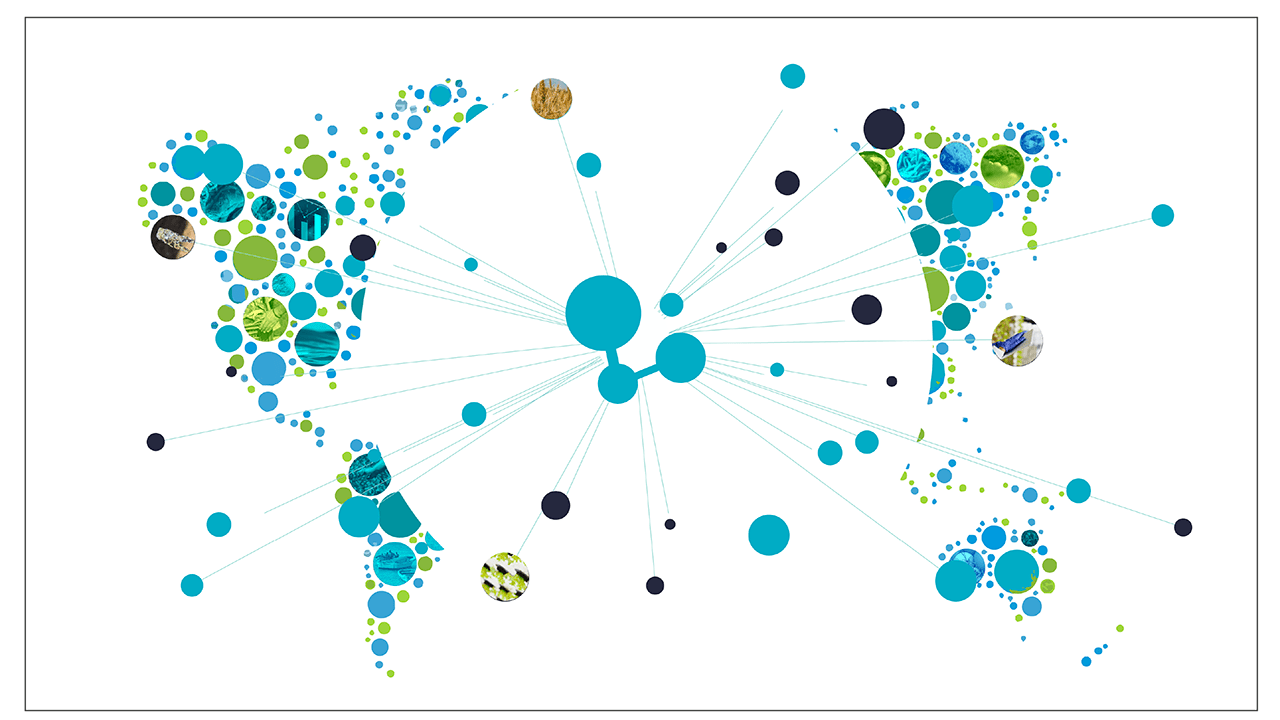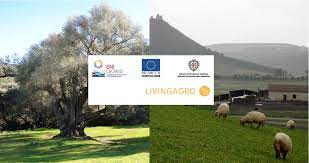PUBLICATIONS
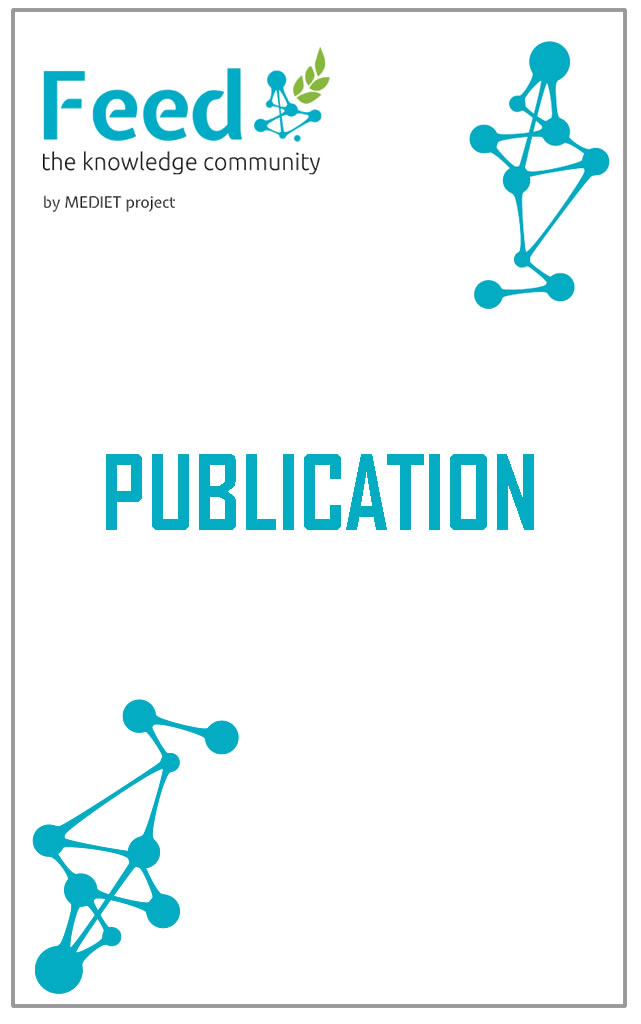
Report
Evolution des précurseurs des sous produits de la chloration et modélisation de la formation des Trihalométhanes dans les réseaux d'eau potable
Year:
2010
Author:
Rahi Mohamed, Tarhouni Jamila
You must be registered to see all the content
The objectives of this study were to spatiotemporally characterize the formation of trihalomethanes (THMs) and their precursors as well as to model their formation in the drinking water supply network of greater Tunis. In order to achieve these objectives, a methodology was adopted based on laboratory analyses of water samples to determine their physical and chemical characteristics. Three experiments were required for the study. The first was carried out on the water conveyance network of greater Tunis. Three monitoring sessions of three days each covered the temperate (C1), hot (C2) and cold (C3) seasons. During each session, water samples were taken which were then analyzed in the laboratory in order to look for THM precursors. During the second experiment, the presence of THMs was studied in the raw water treatment plant and in the water transfer throughout the northern branch of the conveyance network of greater Tunis. Once again, three monitoring sessions of ten days each covered the hot (C4), cold (C5) and temperate (C6) seasons. During each session, daily water samples were analyzed to look for THM species and their main precursors. In order to study the kinetics of THMs and their species under controlled conditions, the third experiment consisted of analyzing treated and chlorinated drinking water samples with four doses of free chlorine: 0.5, 1.0, 1.4 and 1.9 mg/l. Measurements of THM concentrations and their main precursors were taken 1, 2, 3, 4, 5, 6, 24 and 48 hours after having reached the target concentrations of residual chlorine. The results of this experiment were used to fit multiple linear regression models. The first stage of the study showed that the studied precursors of the chlorination by-products (CBPs), namely free chlorine, total organic carbon, pH and water temperature, were characterized by strong spatiotemporal variations in the water conveyance network of greater Tunis. During the hot season (C2), it was demonstrated that all of the conditions were favorable to CBP formation. During the second stage, the presence of THMs was clear at all of the sampling points. The average concentration of THMs during the three sessions at the end of the water conveyance network was estimated at 95.5 μg/l. Average THM concentrations at the end of the water conveyance network were 149.9 μg/l, 46.0 μg/l and 90.6 μg/l for sessions C4, C5 and C6, respectively. The results showed that Chloroform was the most formed species at the end of the network and accounted for about 75.5% of the THMs during the hot season characterized by low organic content. Dichlorobromomethane was the compound most often found at the end of the water conveyance network and accounted for more than 88% of the total THMs during the cold and temperate seasons characterized by high organic content. The third stage of this experimental study showed that high concentrations of chlorine caused the formation of high levels of THMs from the first hours of contact between the water and chlorine. The use of free chlorine concentrations greater than 1.0 mg/l caused the formation of THM levels greater than the guidelines set by the World Health Organization (WHO). The results also showed that the formation of THMs was done in two stages. The first stage between 0 and 3 hours was accelerated. The second stage was slower. It lasted from the end of the first three hours until one of the precursors was depleted. Statistical analyses of the data showed that free chlorine level, Bromide ions and organic matter in the water constituted the variables that best explained THM formation. Regression studies carried out by initial free chlorine concentration made it possible to fit very statistically significant linear models which can be used to predict THM concentrations in the studied water conveyance network.
Secondary Author:

